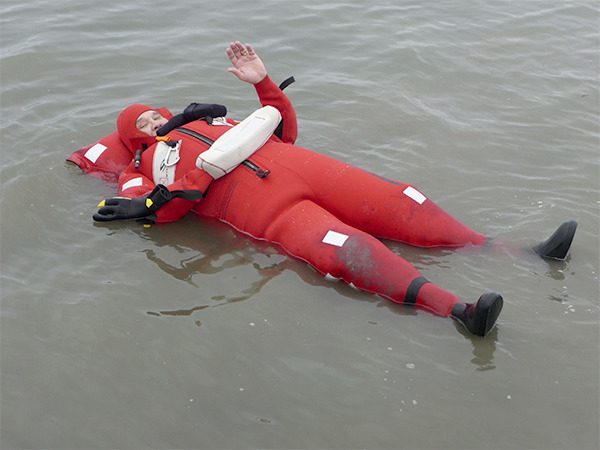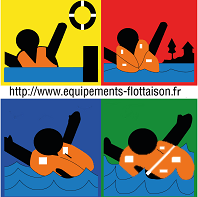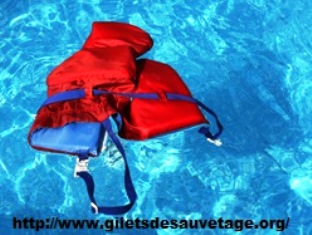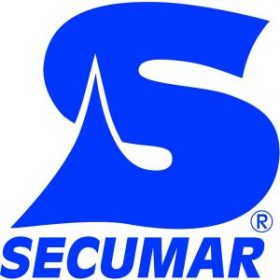For more than a decade, Sequim business partners Bob Duncan and Bob Groff knew their heat-generating, cold-water immersion suit could and would save seamen’s lives — if only someone dared to dream as they had.

In 2011, the engineers at Coleman/Stearns did, as well as the U.S. Coast Guard in 2013, and next month, as the owners of Latitude 98, Duncan and Groff will head to London, England, as one of four finalists in the Sea Trade Awards under the category of “Safety at Sea.”
“It’s a lot of prestige. It’s the Super Bowl of safety,” Duncan said.
“I’m the business side and Bob is the techie side,” Groff noted. “We started looking at the best way to take it to market and the options were to manufacture it ourselves or to get help from the (Clallam) EDC. We saw it was not going to be feasible for us to manufacture it on our own.”
Now marketed through Stearns and their own website at www.latitude98.com as the Thermashield 24+ Immersion Suit, the duo is more convinced than ever that their invention will revolutionize the ability of those who ply the seas to survive an emergency — for not just hours, but days. They estimate several hundred have been produced and sold since 2014.
According to information provided by Groff, “The Thermashield 24+ Immersion Suit with Latitude 98’s patented technology brings a totally new standard to emergency cold water survival. The current survival times for existing suits are 6-8 hours and rely on heat conservation for their effectiveness.
“The Thermashield 24+ utilizes a heat-recapture process which allows the user to remain warm and comfortable in frigid water even when rescue is delayed. This new technology uses a unique mouthpiece and valve system to capture the heat in the user’s own warm breath. Heat normally lost is circulated around the body through a patented air chamber, preventing hypothermia for days. The suit becomes a life-sustaining cocoon, keeping the user warm and comfortable.”
“Our goal was never to let anything get cold — your fingertips are as warm as your toes,” Duncan said. “If you can keep your extremities warm, we’ve done our job right.”
‘Divine’ inspiration
After the inspiration for the suit came to him in a dream — one he believes was divinely aroused in 2001, Duncan continued to perfect it for four years through trial and error, using himself as a guinea pig during a 24-hour immersion test in 2005 and subsequent ones. Even with all their back-up data on the suit’s effectiveness — Duncan said often he’d come out of the cold water warmer than he went in — the pair kept getting rebuffed. Then a door opened just a bit in 2011.
“We did a presentation with Coleman/Stearns of Wichita, Kan., and they took an incredibly long time with the suit, making patterns. There was a lot of back and forth with the engineers, telling them this would work but that wouldn’t,” Groff said. “Finally we got it right and to Stearns’ credit, they stuck with it. It took almost a year to get government certification — the certification process was arduous at best — because the 50-year-old regulations on how to certify cold water emergency gear was hard to adapt. There was nothing like it.”
The Coast Guard only would certify the suit for six hours in 32-degree water and 37-degree air despite independent lab tests of 24+ hours, Groff said.
“It’s still an uphill battle for us because the Coast Guard standard is that it’s still an emergent suit,” Groff said, noting that heat-conservation suits cost about $300 and their heat-generating suit is $1,499 from Stearns and $1,249 on their website.
When challenged on the cost difference, Duncan responds, “It’s $1,499 for the first six hours — and the seventh hour is priceless. We’re just trying to create a new standard and save lives,” Duncan said. “Our suit is not just a little better than the rest of the world … “
“… it’s exponentially better,” added Groff. “It’s days, not hours.”
In an emergency, crew members can don their Thermashields in under two minutes with some customers requiring being suited up in 90 seconds.
“If your ship goes down and it’s dark, the reality of the Coast Guarding finding you in heavy seas before daylight is slim,” Duncan said. “After 11 hours in our suit and being rescued, they’ll be asking, ‘What’s for breakfast?’ When they get into our suit, they have the expectation to go a couple of nights.”
As for Latitude 98 — is that somewhere near the North Pole?
“There is no latitude 98 — we chose that name because no matter what latitude you’re in, our suit will keep you at 98 degrees!” Groff grinned.
PATRICIA COATE, Sequim Gazette Special Sections/Reporter
pcoate@sequimgazette.com or 683-3311, x5054







